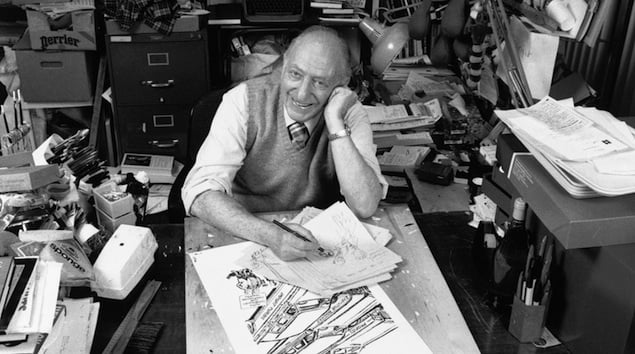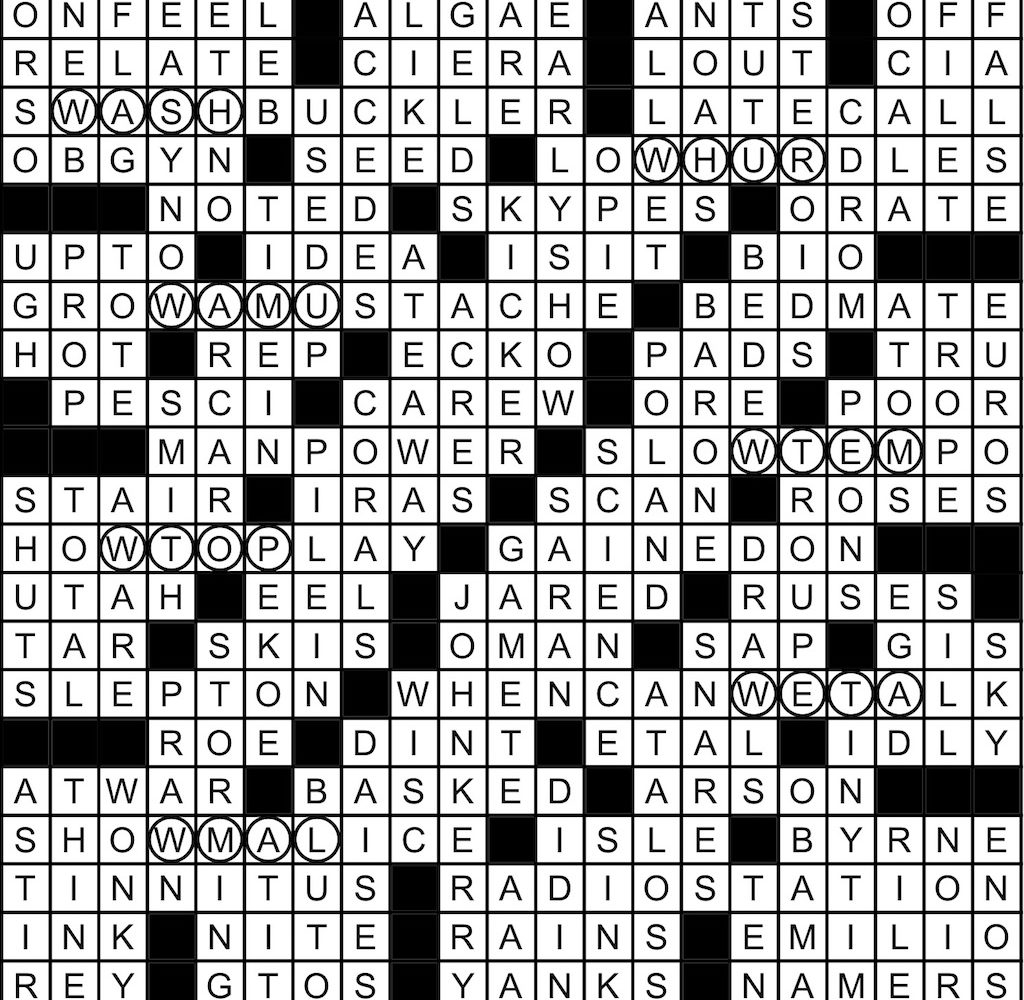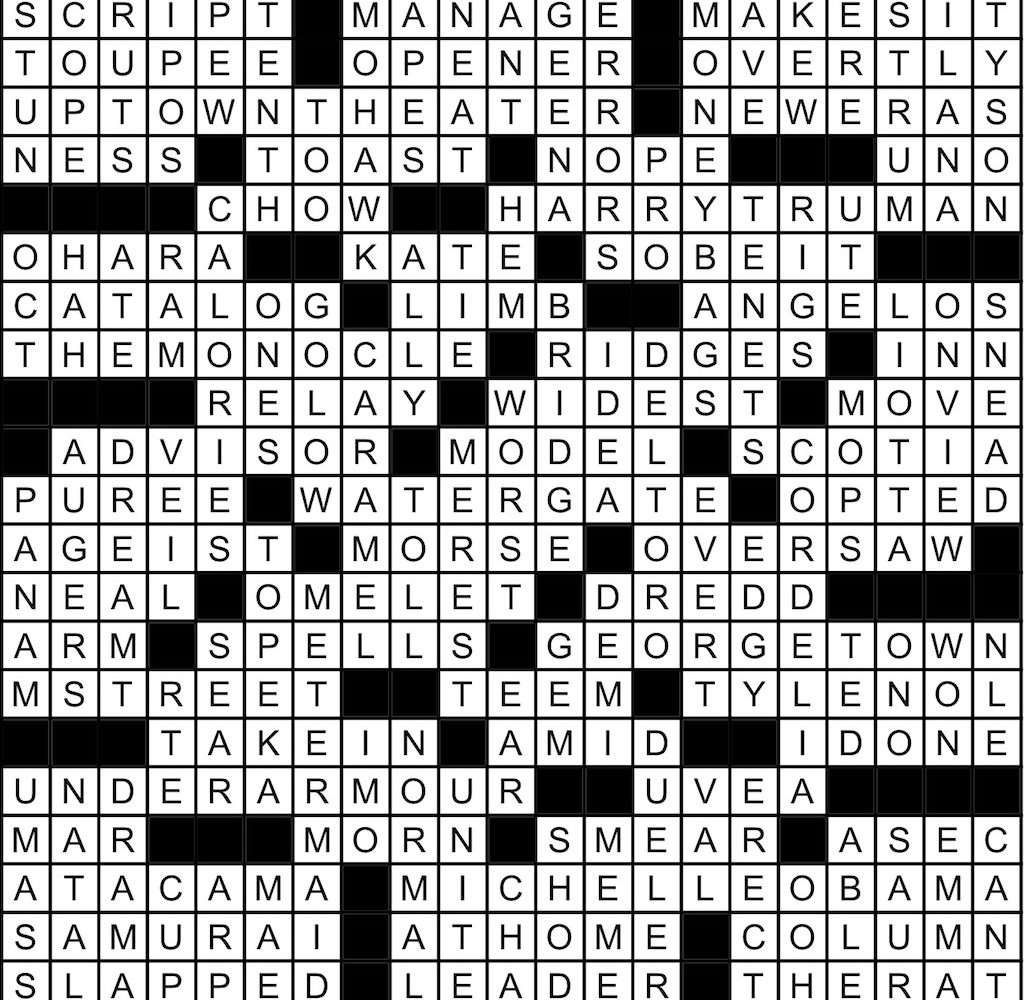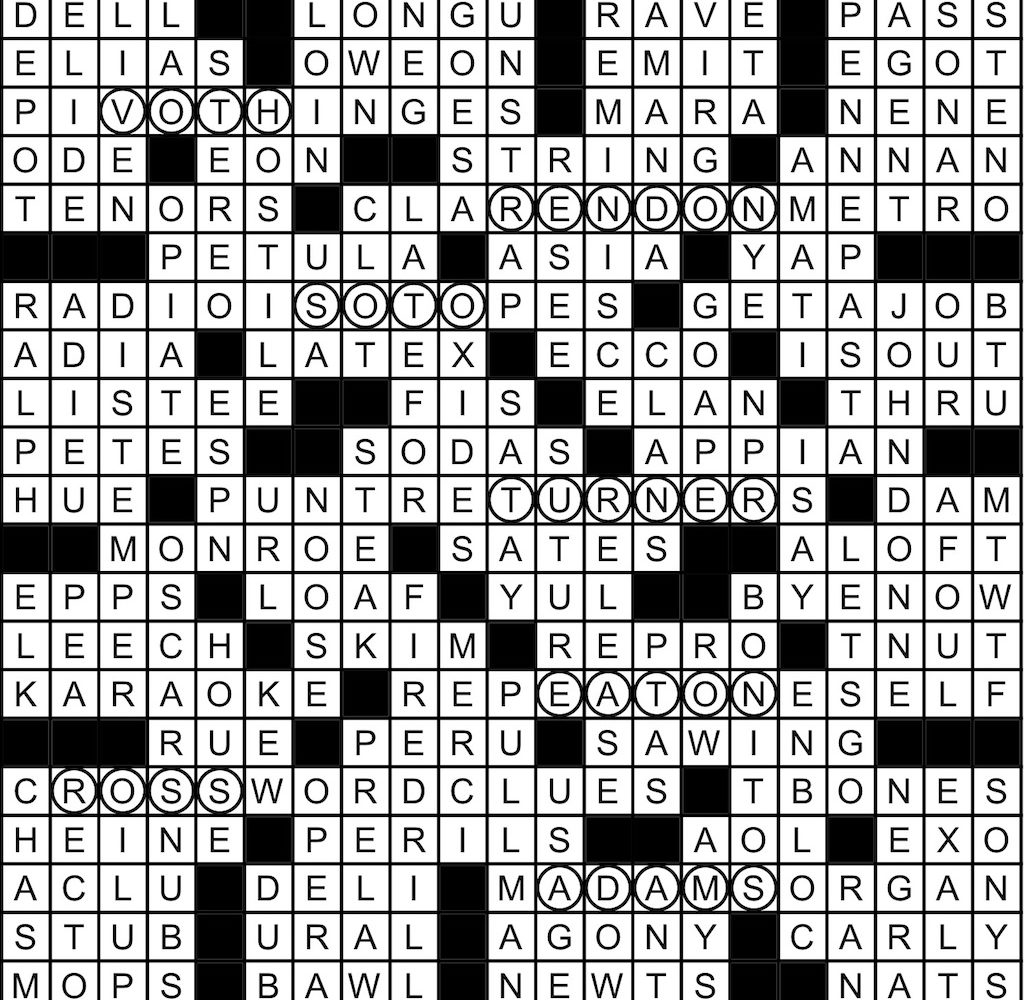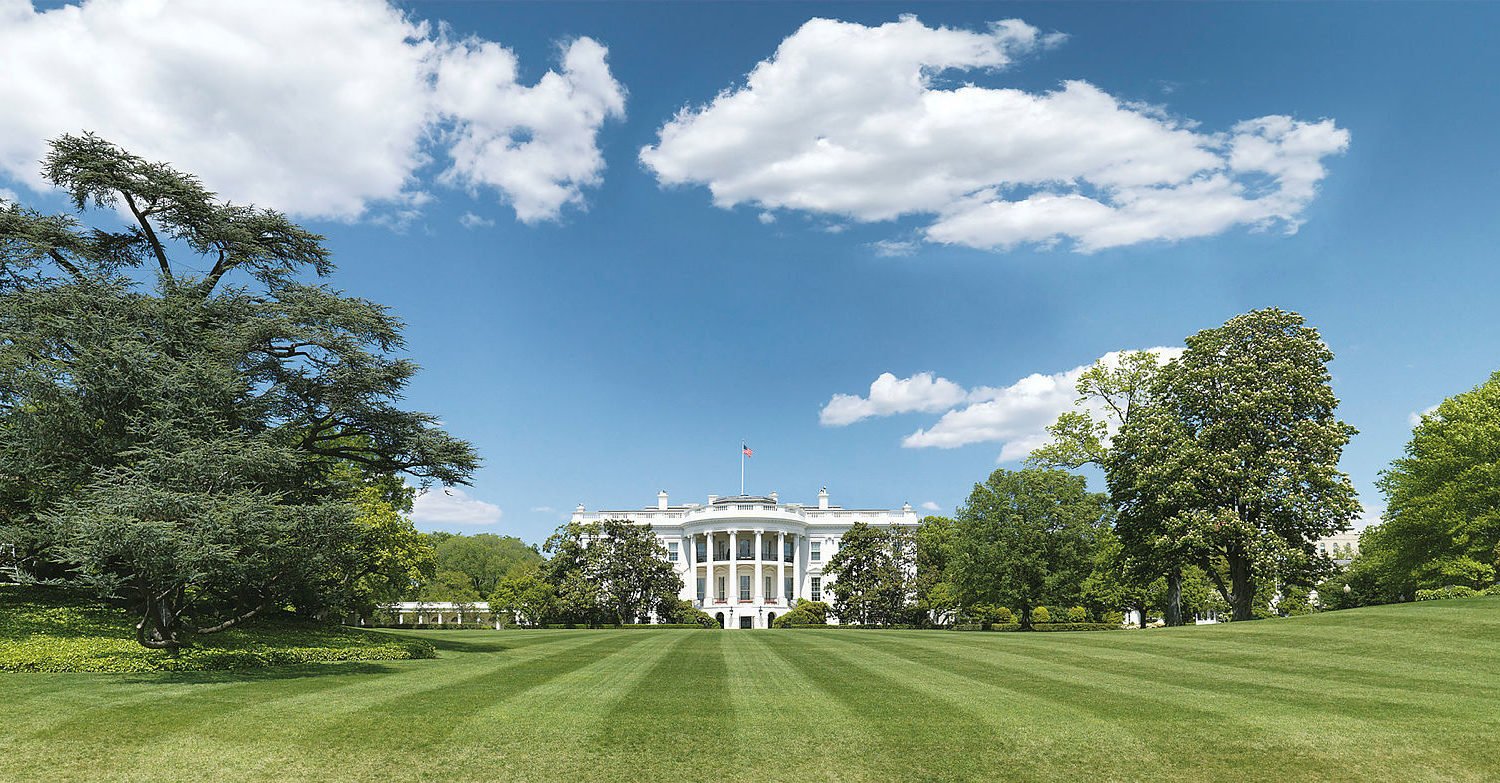For anyone born post-internet, it must be tough to imagine: all of Washington living in fear of a guy who doodled for a living and liked to ride a yellow tricycle on weekends. But in the decades that Herbert Block—known to all as Herblock—captured global events in his Washington Post cartoons, Beltway powerfuls knew on any given weekday they could open the paper to find a skewering sketch revealing their hypocrisies to the world.
Through more than 40 interviews with reporters, writers, and pundits, Michael Stevens’s documentary Herblock: The Black & the White—screening tonight on HBO at 9—paints the picture of a journalistic era that’s come and gone. Arriving to the Post each day at noon and working into the wee hours, Block contributed five cartoons a week to the paper (in his late years, that number shrunk to four). His early Republican leanings slipped to the left during the Depression, when he became aware of the corrupt forces that bailed out the rich while the circumstances of the poorest deteriorated. He was widely considered a liberal, but Herblock saw his deepest belief—that a free press must keep a close check on power—to be essentially conservative, harking back to the founding fathers.
In the 1940s, Block depicted the atom bomb not as a protective force, as most Americans dutifully accepted it was, but as a nefarious sausage-shaped character that loomed dangerously over the planet. His early mistrust of Richard Nixon proved prescient during the Watergate scandal; Block published a cartoon of dirty footprints leading up to the White House before Woodward and Bernstein confirmed the President’s involvement. His positions were sure-footed and fearless, and in an era in which everyone read the papers and watched the evening news, he was impossible to ignore. By the time he died in 2001, Herblock had earned three Pulitzers and the Presidential Medal of Honor. The latter he received from Bill Clinton—a man he once drew with his pants around his ankles, hearts dotting his drooping boxer shorts.
Actor Alan Mandell stands in for Block in the film. Stevens cuts between scenes of Mandell sketching at what’s mean to be Block’s desk—cluttered with pencils, wind-up toys, and presidential biographies—and interviews with media luminaries such as Tom Brokaw and Gwen Ifill (plus Woodward and Bernstein themselves), and comedians Jon Stewart and Lewis Black. The Daily Show guys, we are meant to understand, are the Herblocks of our era, able to tackle dangerous topics through the smoke screen of sharp-edged comedy. But Stewart lays bare the difference, pointing out that Block worked at a time when informed, reflective, deeply sourced journalism was the norm. His colleagues’ beat work was as essential to Herblock’s work as paper and pencil. Satire can put a fine point on essential truths, but only dogged reporting can expose those truths in the first place.
Herblock screens on HBO Monday at 9 PM.

